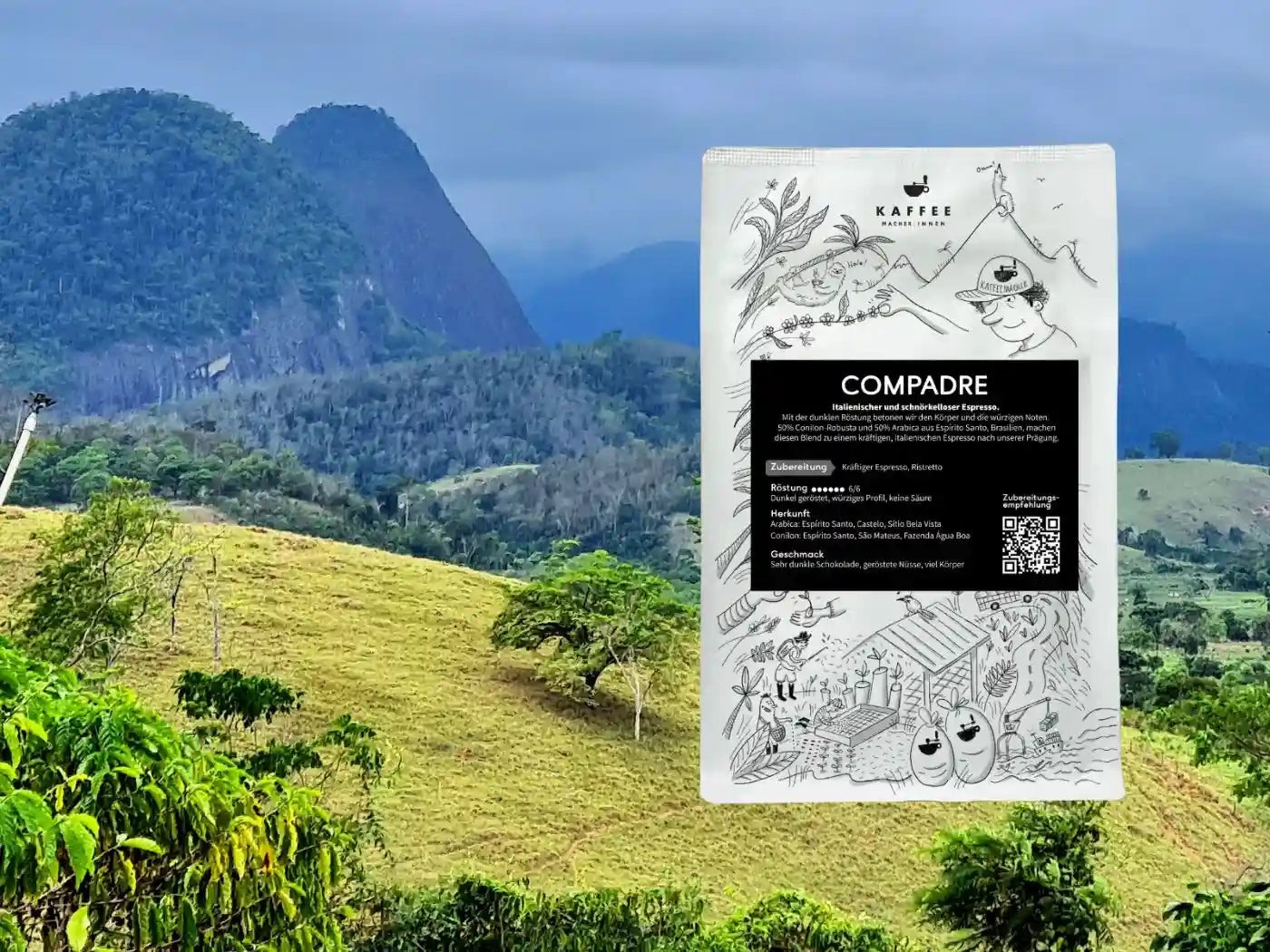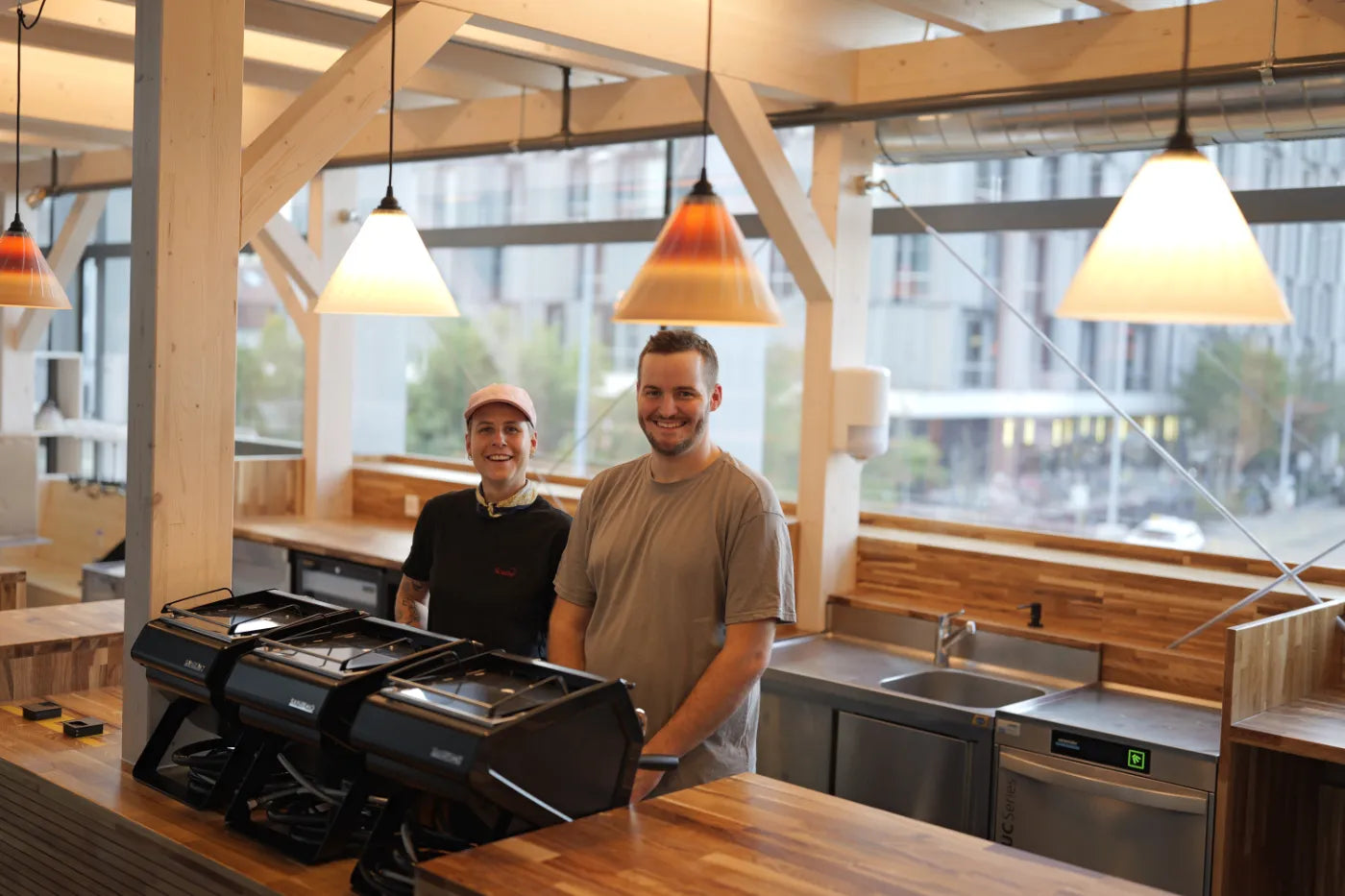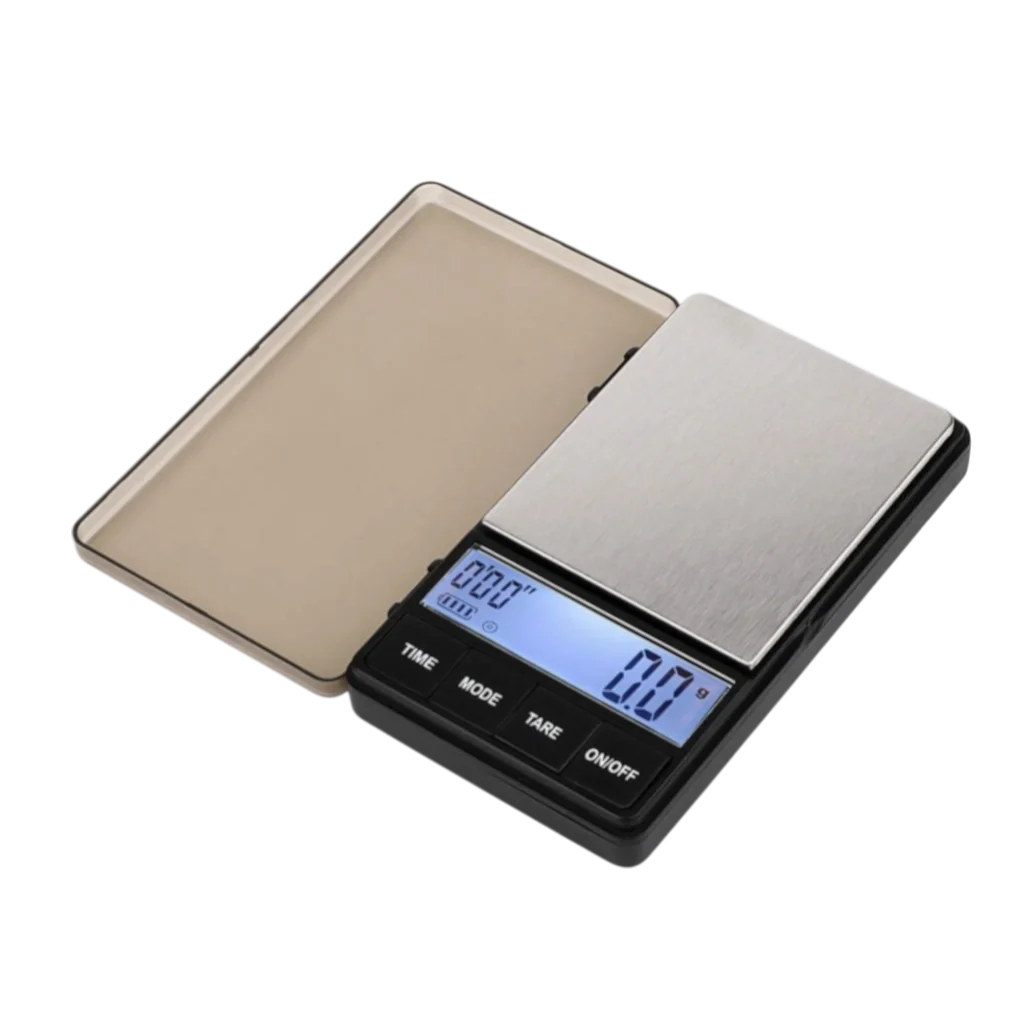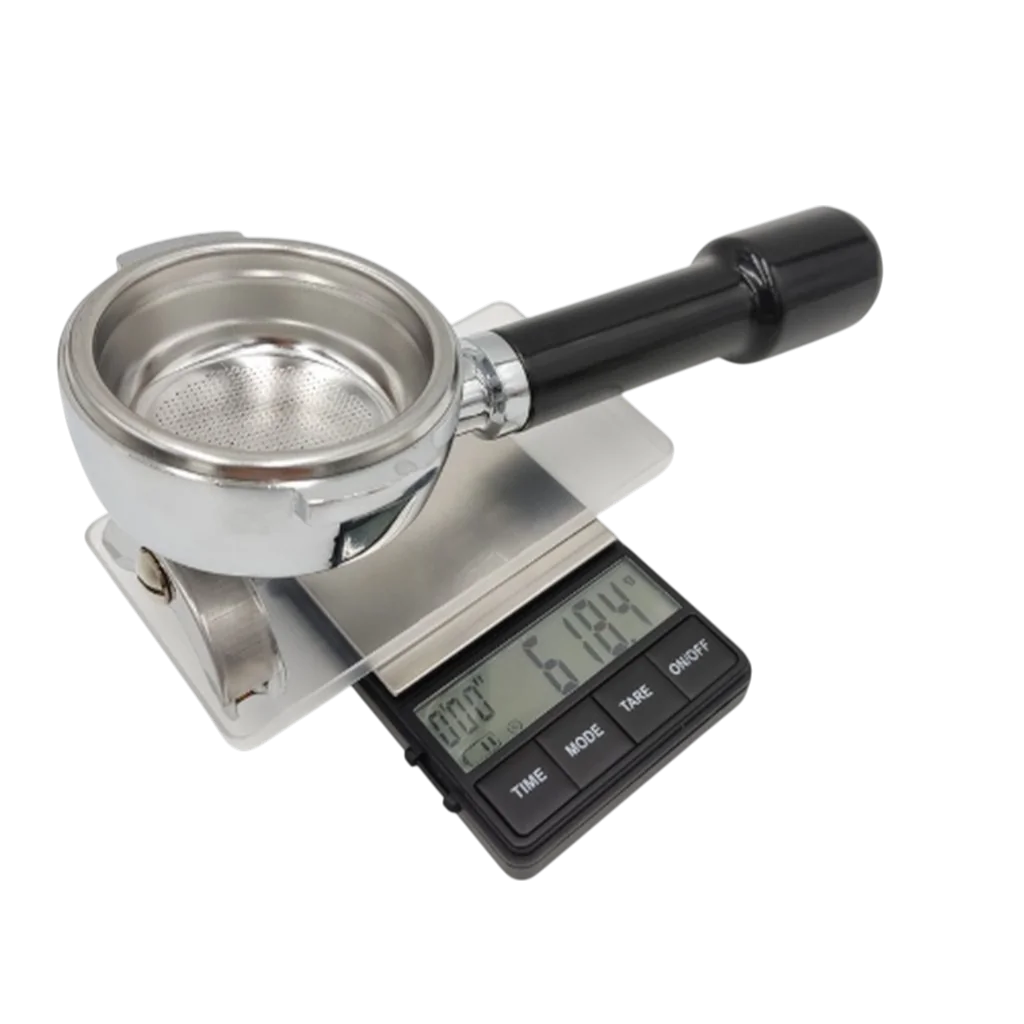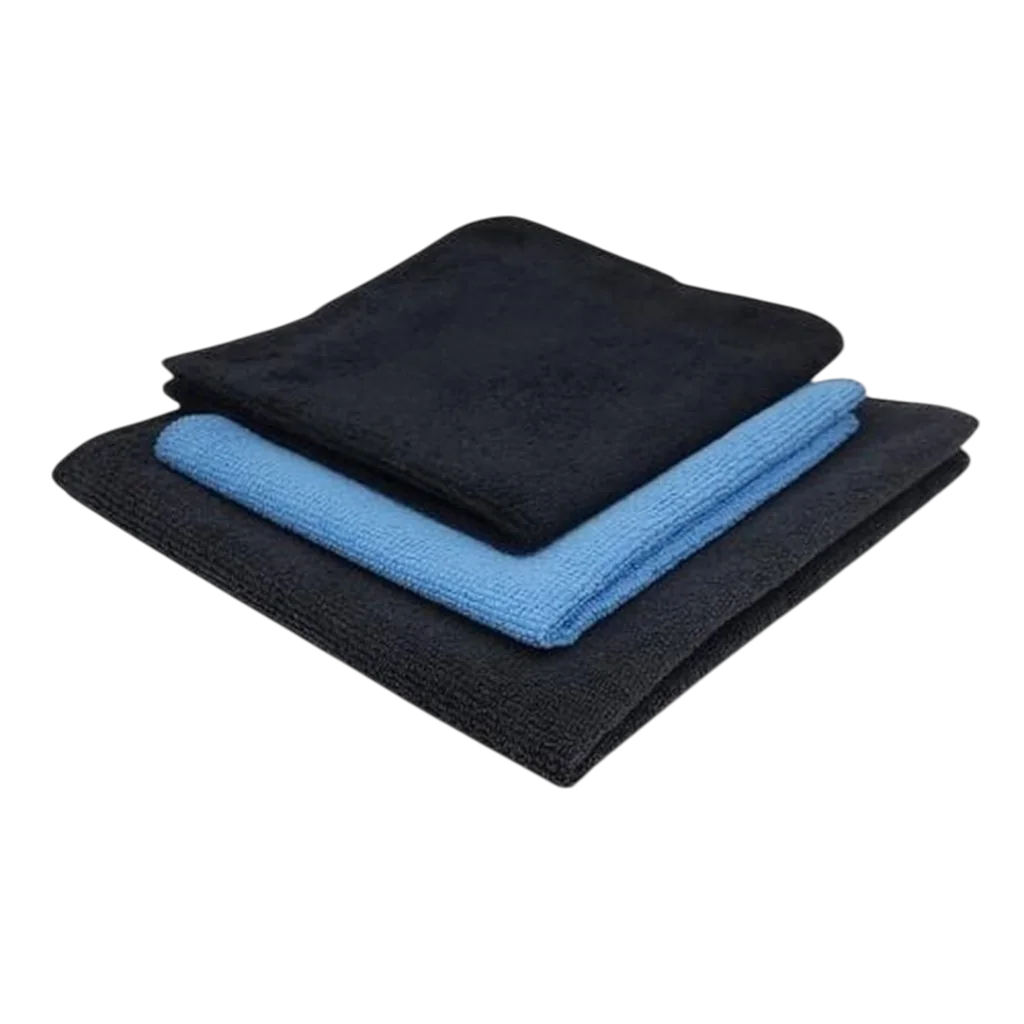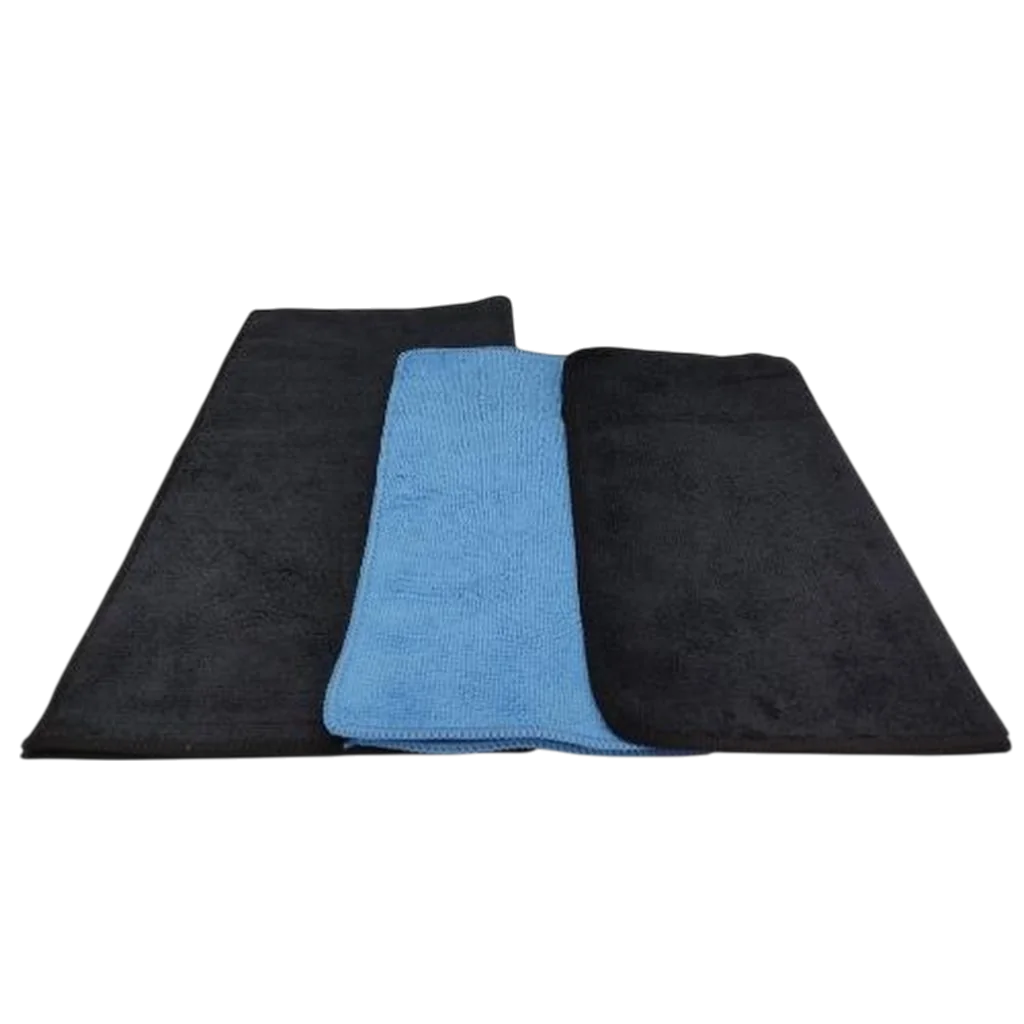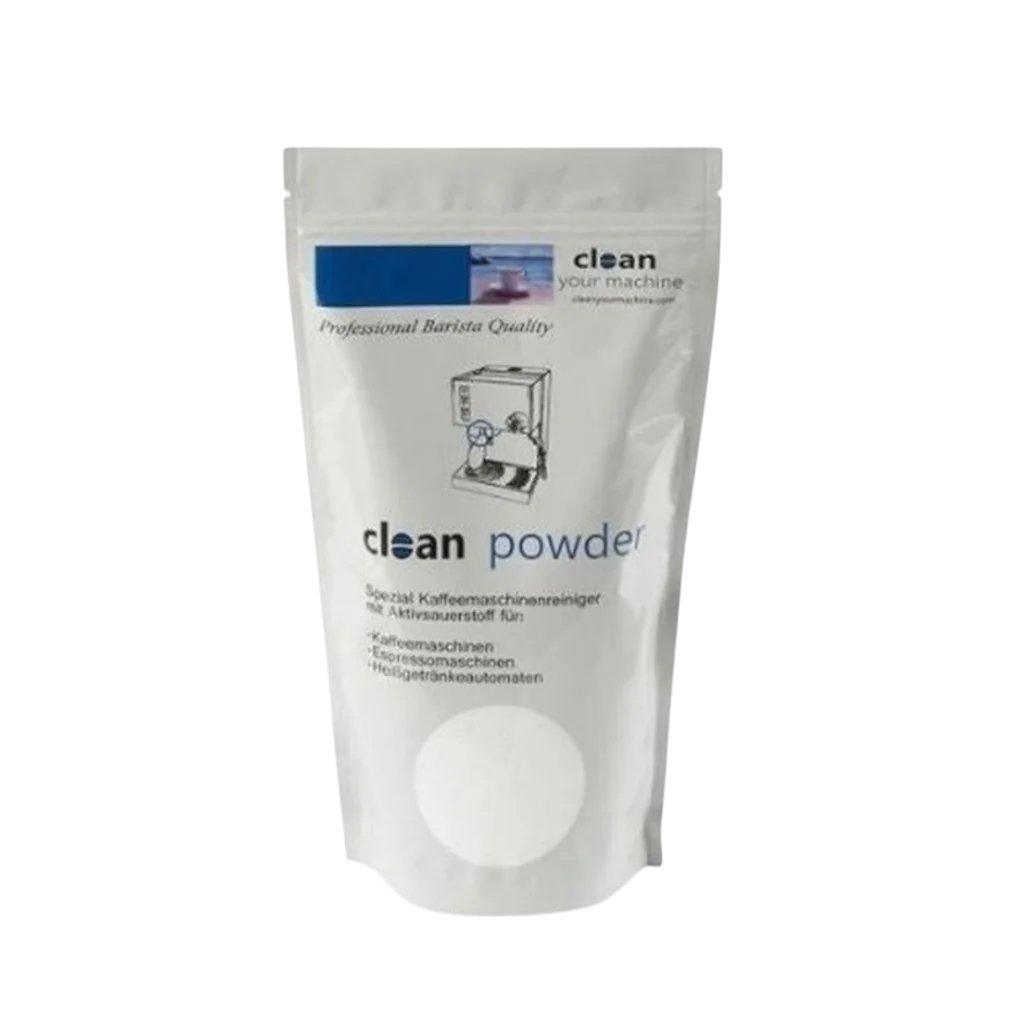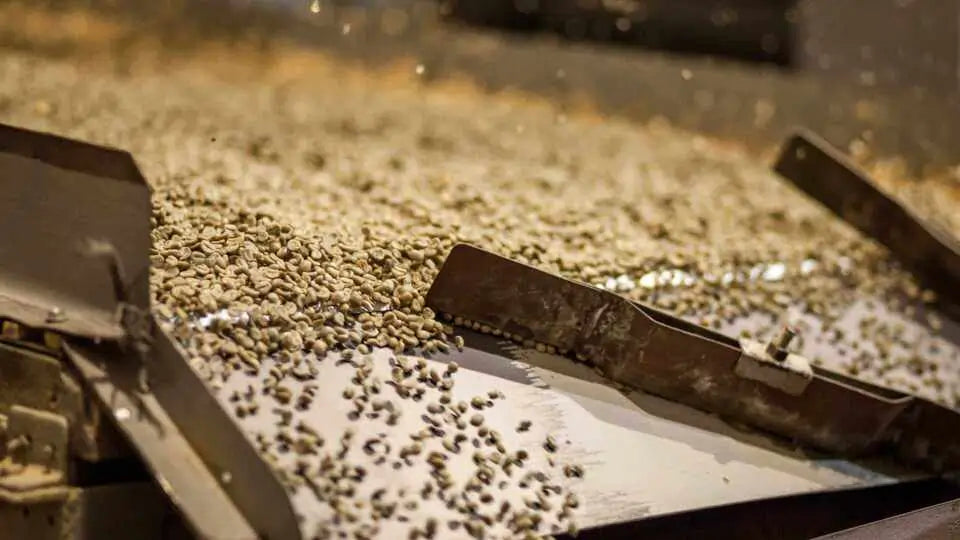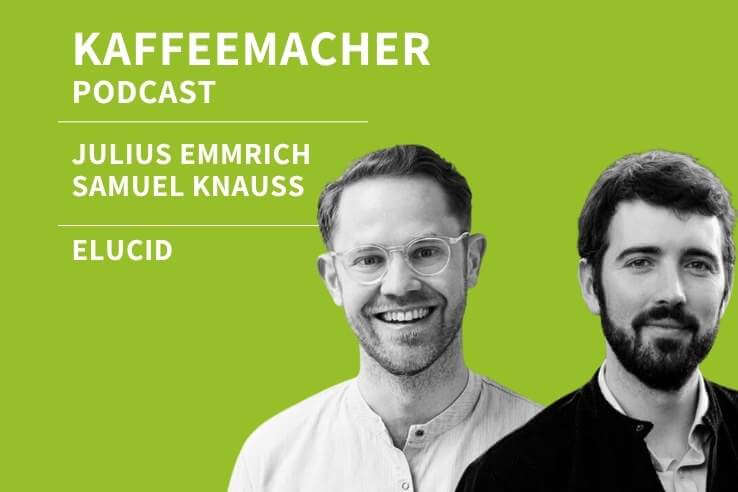57% of the coffee consumed worldwide comes from the Arabica plant. Arabica coffee is often cited as the opposite of Robusta and is therefore always compared. Time to focus solely on Arabica and explore its roots.
Where does Arabica coffee come from?
Today, Arabica coffee is grown in approximately 60 countries. The plant originally comes from the Boma region, located in the far east of South Sudan, on the border with Ethiopia ( Open Street Map ).

Present-day Ethiopia and former Abyssinia were long considered the region of origin for the Arabica plant. The high plateaus reach elevations of 1,300 to 2,000 meters above sea level. In 2021, scientists led by Aaron Davies discovered the region from which the first Arabica plants originated by researching the plant's genetics.
The high genetic diversity extends hundreds of kilometers westward into the Congo Basin. Coffee originates from forests and is accustomed to living alongside trees—to this day.
Only later, when coffee was cultivated for commercial purposes, did intensive cultivation in densely planted plots begin.
The conversion from mixed to monoculture favored the spread of plant diseases, such as the notorious coffee rust, or roya .
There are many myths surrounding the discovery of coffee - whether it was goats that first ate coffee cherries and then danced, whether it was a monk, a prophet or someone else, will never be conclusively proven.
Why is Arabica coffee called that?
Arabica coffee is named so because the Swedish naturalist Carl von Linné made a mistake. He was the first researcher to botanically classify "Arabica" coffee, thus laying the foundation for modern botanical and zoological taxonomy .
He called the beans “Arabica” coffee because in Central Europe in the early 1700s there was an association between coffee and the Arab world.
The Ottomans conquered the Yemeni highlands in 1530 and began coffee production in 1570. Coffee then reached the European metropolises of Amsterdam and London via the port of Mocha ( al-Muchaa ). The port of Mocha held a monopoly over the global coffee trade, and most of the coffee produced at that time came from the Yemeni highlands.
"Mocha" was therefore the name given to the coffee consumed in European cities. The first European traders arrived in Mocha around 1610 and brought the coffee of the same name "from the Arabs" with them. Carl von Linné couldn't have known any better and associated coffee with its Arabic origins, calling it coffea arabica .
(Sources: Ted Fisher, "Making Better Coffee" and Stuart McCook, " (Fisher, McCook "Coffee is not forever")
Where does Arabica coffee grow today?
Coffee is grown today in approximately 60 countries, all located in the so-called coffee belt around the equator. Between 23° north and 25° south of the equator, semi-stable weather patterns currently prevail, favoring coffee cultivation. We discuss what it will be like in 2050 here .
The Coffee Belt includes coffee-producing countries such as Ivory Coast, Australia, Cape Verde, and China—who would have thought of them first? In terms of volume, these countries, with the exception of China, are of little significance on a global level, but they sometimes play a significant role in local economies and traditions. In Burundi, for example, coffee was long responsible for 80% of foreign currency inflows .

Brazil was, is, and remains by far the largest producer of Arabica coffee, producing almost four times as much coffee as Colombia in the 2023/24 season. Coffee production in Honduras is growing, making the country the largest producer of Arabica coffee in Central America.
Peru and Mexico, in particular, produce a large amount of dual-certified Fairtrade organic coffee, while in Nicaragua, volumes have been shrinking for several years. China now appears among the top ten, having experienced annual growth of up to 15% since 2015.
What is the share of Arabica coffee in the global coffee volume?
There is still a widespread belief that Arabica accounts for 70% of global coffee production, while Canephora (Robusta) plays a secondary role at 30%. This is incorrect.
In the 2023/24 season, 102.2 million 60kg bags of Arabica coffee and 75.8 million bags of Robusta coffee are expected to be produced. This represents a ratio of 57.4% to 42.6%, with a total of 178 million 60kg bags of coffee produced, Arabica and Robusta combined.
57.4% of global coffee production in the 2023/24 season is Arabica, while 42.6% is Robusta.
33.2% of globally produced coffee – Arabica and Robusta combined – is dry-processed natural coffee from Brazil. Brazil thus produces almost as much Arabica coffee as the coffees ranked 2nd to 10th combined (see table above).
What does Arabica coffee taste like?
Somewhat "traditionally," the taste of Arabica coffee is always considered in comparison to Robusta coffee—but does that even make sense? Both are types of coffee, but red wine isn't compared to white wine, nor are apples to pears or plums to apricots.
The variety alone hardly justifies a sensory comparison. Furthermore, Arabica coffees undergo such a profound flavor transformation depending on the post-harvest process or processing that they are almost impossible to assign to a specific region based on their sensory characteristics.
Certainly, there are certain similarities between country and region profiles that indicate the origin of the coffee, but here too, there is no rule without an exception.
In this video we discuss how coffee flavor is influenced by fermentation.
In general, however, it can be said about Arabica coffees that they can have extremely diverse flavors, which is also reflected in the common flavor wheel .
From the chocolatey, nutty coffee from Brazil, to the citrusy, balanced washed coffees from Central America, to the floral, fruity coffees from Ethiopia, to the nutty, citrusy coffees in India and the bitter, heavy coffees in Indonesia – as crude as this classification may sound, it often holds true, even if we are repeatedly surprised by how little uniform such taste perceptions are.
What does it take to make high-quality Arabica coffee?
Arabica coffee per se is not a guarantee of good taste, although this is often implied to this day ("100% Arabica"). Nor is it an indication of how the coffee will taste, as it depends on the following five criteria: care, processing, temperatures, variety, and growing conditions.

The foundation for quality Arabica and Robusta coffee is meticulous care . The difficult-to-define and more mystifying than explicable " terroir " is just as inaccurate as a microclimate , which isn't a natural occurrence.
Good coffee is a man-made product and not a whim of nature or a result of higher powers.
The pyramid demonstrates the importance of care and processing, forming the basis for what makes a coffee good to very good. The factors of temperature, variety, and microclimate/growing conditions then separate the very good from the good coffees.
100% Arabica coffee: what's the truth?
Even today, coffee packaging is labeled “100% Arabica,” which firstly does not do justice to the complexity of the product, secondly offers no added value in terms of information, and thirdly leaves coffee drinkers in ignorance.
Furthermore, the distinction between species alone is no longer appropriate. The coffee plant is subject to climate change , and we should therefore expand our vocabulary to understand and describe the coffee of the future. Varieties and new breeds are becoming increasingly important, so in the future we should increasingly talk about varieties rather than species.
Researchers have been working intensively for years to bring new hybrids from the laboratory into the field and scale them up. The simplified distinction between Arabica and non-Arabica (e.g., Robusta) falls far short.
